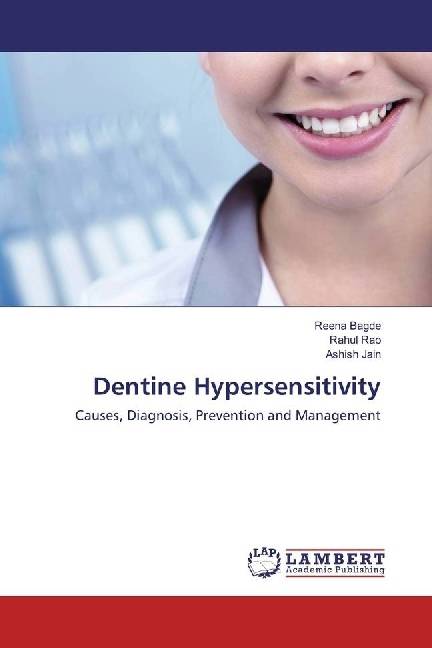
- Afhalen na 1 uur in een winkel met voorraad
- Gratis thuislevering in België vanaf € 30
- Ruim aanbod met 7 miljoen producten
- Afhalen na 1 uur in een winkel met voorraad
- Gratis thuislevering in België vanaf € 30
- Ruim aanbod met 7 miljoen producten
Zoeken
Dentine Hypersensitivity
Causes, Diagnosis, Prevention and Management
Reena Bagde, Rahul Rao, Ashish Jain
Paperback | Engels
€ 28,45
+ 56 punten
Omschrijving
Dentine Hypersensitivity (DH) is a common problem experienced in clinical dental practice. The condition disturbs patients during eating, drinking, brushing and sometimes even breathing. DH affects about 10% to 74% of the population across various countries in the world. DH has been called "the common cold of dentistry" because of its widespread occurrence in adults. Once a diagnosis of DH is established, the clinician can suggest treatment options. It is important to recognise that both counselling and preventive aspects of the diagnosis and management of DH should not be forgotten. DH can be managed by agents and formulations applied locally, either "in office" or "at home". Although, DH is no more an enigma once it was, there is still much to learn about the condition, its management, and prevention behaviour. Our profession is strategically positioned not only to evaluate but also to educate to improve the comfort and quality of life for patients. This book provides an insight into possible causes, predisposing factors, diagnosis, prevention and management strategies of DH which could be useful to patients and clinical practitioners.
Specificaties
Betrokkenen
- Auteur(s):
- Uitgeverij:
Inhoud
- Aantal bladzijden:
- 200
- Taal:
- Engels
Eigenschappen
- Productcode (EAN):
- 9783659813573
- Uitvoering:
- Paperback
- Afmetingen:
- 150 mm x 220 mm

Alleen bij Standaard Boekhandel
+ 56 punten op je klantenkaart van Standaard Boekhandel
Beoordelingen
We publiceren alleen reviews die voldoen aan de voorwaarden voor reviews. Bekijk onze voorwaarden voor reviews.








